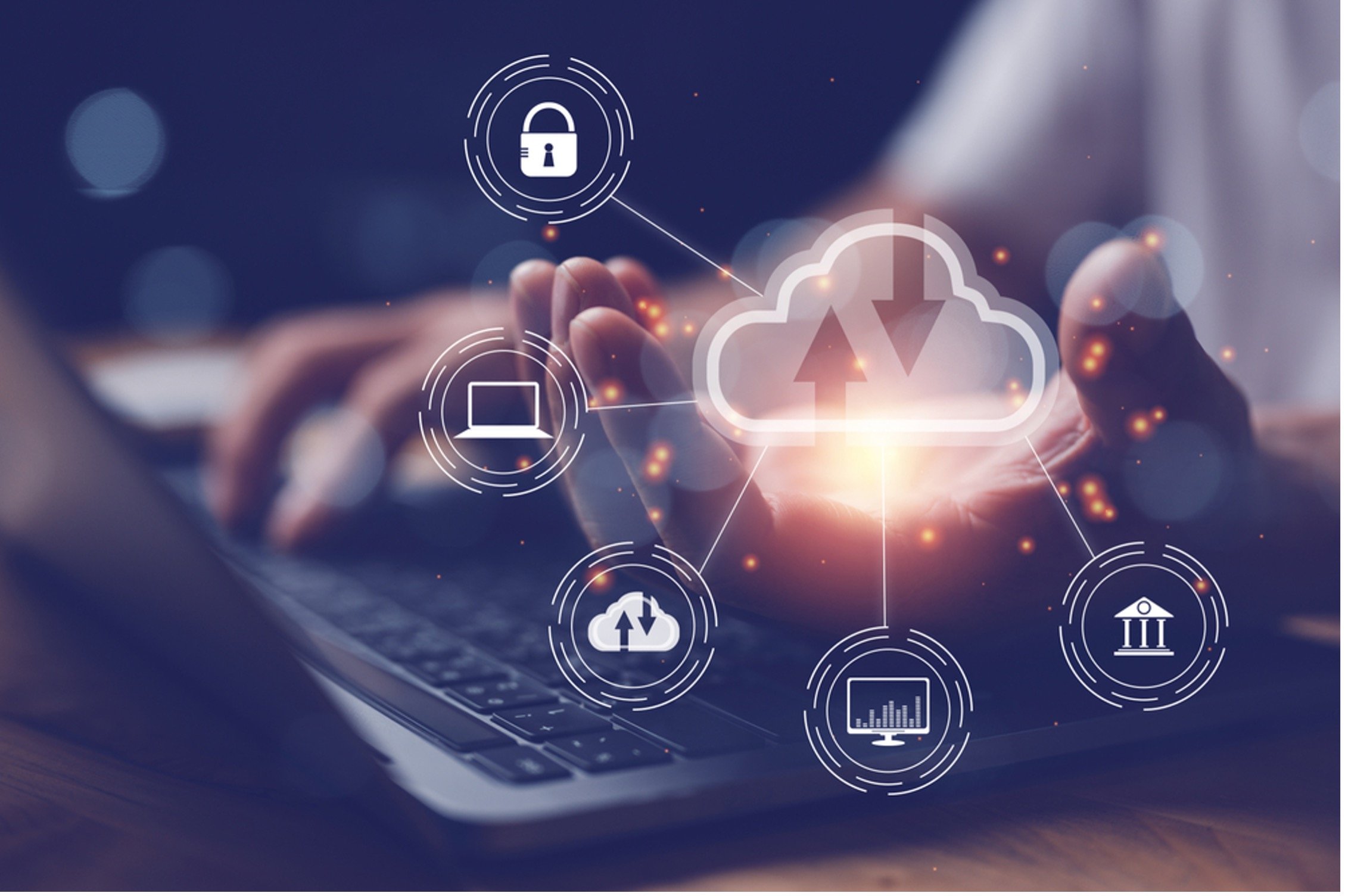
The Rise of AI and Automation in Logistics
The global supply chain is undergoing a dramatic transformation, driven largely by advancements in artificial intelligence (AI) and automation. AI-powered systems are increasingly used for predictive analytics, optimizing routes, managing inventory, and predicting potential disruptions. Automation, from robotic process automation (RPA) in warehouses to autonomous vehicles on the roads, is streamlining operations and boosting efficiency. This technology isn’t just about replacing human workers; it’s about augmenting their capabilities, allowing them to focus on more complex and strategic tasks. We’re seeing a shift towards more intelligent, adaptive supply chains that can react swiftly to changing market conditions.
The Importance of Data Analytics and Visibility
Data is the lifeblood of a modern supply chain. Real-time visibility into every stage of the process, from sourcing raw materials to delivering the finished product, is crucial for effective management. Advanced analytics tools allow businesses to identify bottlenecks, optimize processes, and anticipate potential problems before they arise. This improved visibility also enhances transparency, allowing companies to track their environmental impact and ensure ethical sourcing practices. The ability to harness and interpret this data effectively is becoming a key differentiator for successful businesses.
Sustainability and the Circular Economy
Environmental concerns are no longer a niche issue; they are a central driver shaping the future of global supply chains. Consumers are increasingly demanding sustainable products and ethical practices. Businesses are responding by embracing circular economy principles, focusing on reducing waste, reusing materials, and minimizing their carbon footprint. This shift involves adopting eco-friendly packaging, optimizing transportation routes to reduce emissions, and investing in renewable energy sources. Supply chains that prioritize sustainability will not only meet consumer demands but also gain a competitive advantage in the long run.
The Growing Importance of Resilience and Risk Management
Recent global events, from pandemics to geopolitical instability, have highlighted the vulnerability of traditional supply chains. Building resilience is now paramount. This involves diversifying sourcing, building robust risk management systems, and developing contingency plans to mitigate potential disruptions. Companies are investing in advanced forecasting models to anticipate potential risks and developing agile supply chains that can adapt quickly to unforeseen circumstances. This proactive approach ensures business continuity and reduces the impact of unexpected events.
The Role of Collaboration and Partnerships
The complexity of modern supply chains necessitates a collaborative approach. Businesses are increasingly forging strategic partnerships with suppliers, logistics providers, and technology companies to optimize operations and share information. This collaborative ecosystem fosters innovation, improves efficiency, and enhances resilience. Blockchain technology, for example, is enabling greater transparency and traceability across the supply chain, fostering trust and accountability among all stakeholders.
Embracing Technological Advancements: Blockchain and IoT
Beyond AI and automation, other technologies are transforming the supply chain landscape. Blockchain technology offers enhanced security and transparency, providing immutable records of transactions and improving traceability. The Internet of Things (IoT) enables real-time tracking of goods and assets, providing valuable data for optimizing processes and improving decision-making. The integration of these technologies creates a more connected and efficient supply chain, allowing businesses to react to changes more effectively and make data-driven decisions.
The Human Element: Skills and Training
While technology plays a crucial role, the human element remains essential. The future supply chain requires a workforce with the skills to manage and leverage these new technologies. Investment in training and upskilling programs is crucial to prepare employees for the changing landscape. This includes developing expertise in data analytics, AI, and other relevant technologies. A skilled and adaptable workforce is key to unlocking the full potential of a smarter, faster, and stronger global supply chain.
Globalization and Regionalization: A Balancing Act
The future of global supply chains will likely involve a balance between globalization and regionalization. While global sourcing offers advantages in cost and access to diverse resources, regionalization can enhance resilience and reduce reliance on distant suppliers. Companies are increasingly exploring nearshoring and reshoring strategies to mitigate risks and shorten lead times. This strategic approach helps to balance the benefits of global reach with the need for greater resilience and adaptability. Click here to learn about global supply chain strategy.








